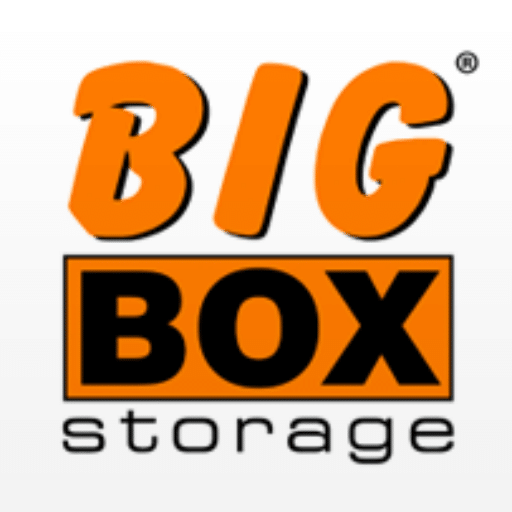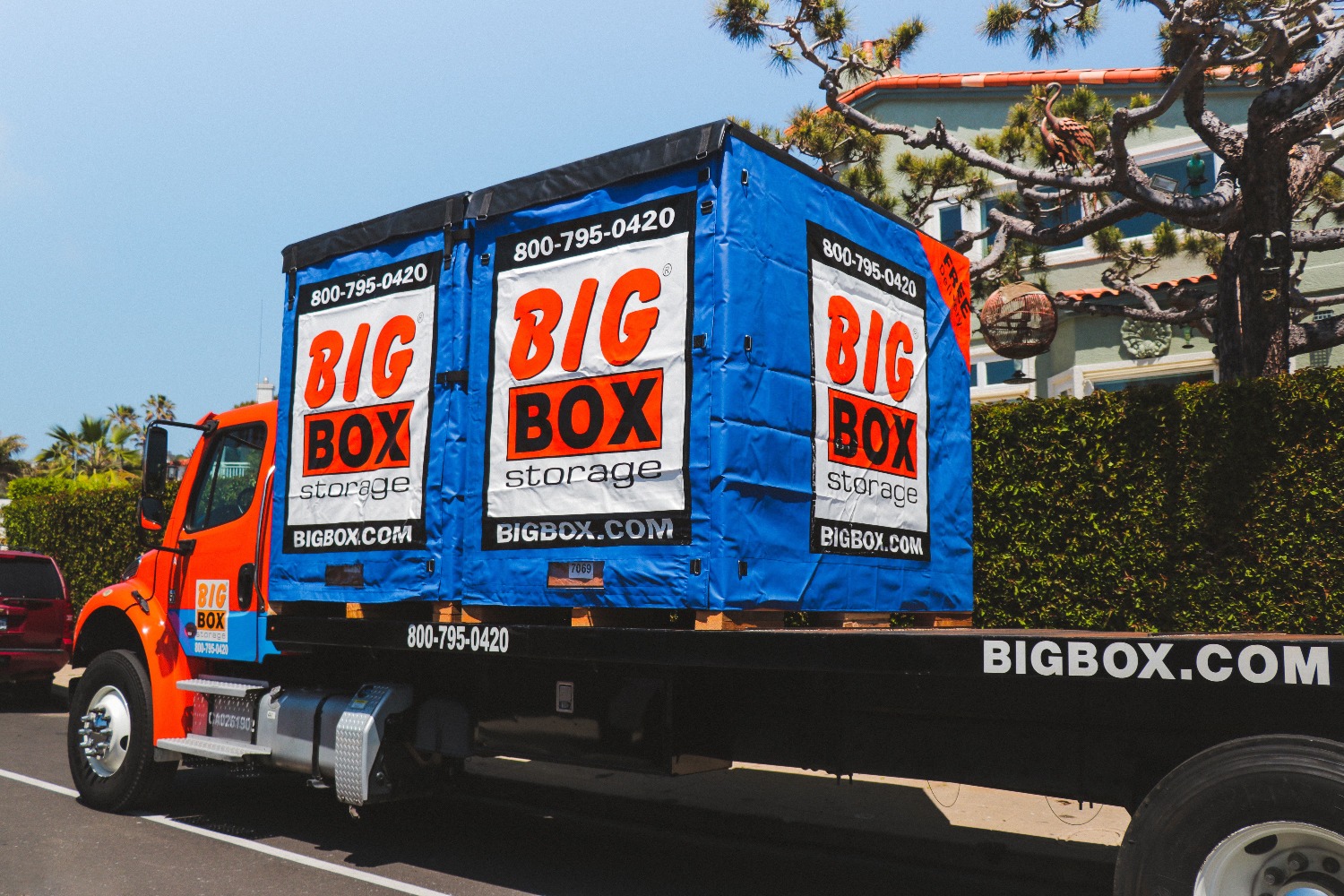Planning and organizing your household goods for storage in San Diego can be more complex than it seems. From determining the right unit size to deciding what goes into each box, careful preparation is key to making the process efficient. Whether you’re using a portable or traditional storage facility, here’s a comprehensive guide to packing and loading your storage unit effectively.
How Much Storage Space Do You Need?
Before you start packing, assess the space you’ll need. You don’t have to do complex math as many storage companies, including Big Box Storage, offer online storage calculators to help you estimate. Use these tools to avoid choosing a unit that’s too small or unnecessarily large.
Storage Unit Size Guidelines
Here’s a quick overview of common storage unit sizes and what they can hold:
- 5×5 Units (25 sq. ft.): Perfect for small items like boxes, books, files, or collectibles. Ideal for storing items in a small closet.
- 5×8 Units (40 sq. ft.): Great for dorm-room essentials or small appliances, bikes, and boxes.
- 5×15 Units (75 sq. ft.): Suitable for one-bedroom apartment contents like a couch, chairs, and seasonal equipment.
- 10×10 Units (100 sq. ft.): Can accommodate the contents of a two-bedroom apartment, including furniture, appliances, and boxes.
- 10×15 Units (150 sq. ft.): Holds items from a three-bedroom home, including larger furniture and electronics.
- 10×20 Units (200 sq. ft.): Ideal for car storage or the contents of a four-bedroom house.
- 10×30 Units (300 sq. ft.): Perfect for large vehicles, boats, or the contents of a large home.
Some facilities also offer vehicle storage options, including indoor, outdoor, and covered parking for cars, RVs, and boats. Choose a storage solution based on your specific needs, such as temperature-controlled units for delicate items or outdoor parking for larger vehicles.
Make a Plan Before Packing
Proper planning can save you time and effort when loading your storage unit.
- Choose a Reliable Storage Company: Research facilities, read reviews, and ask for recommendations. Avoid choosing a provider based solely on low prices, as the safety and care of your belongings are crucial.
- Take Inventory: Create a list of everything you plan to store. This helps prevent forgetting items and makes it easier to estimate the unit size you’ll need.
- Strategic Packing: Place items you’ll need access to most frequently near the front of the unit. Use the vertical space by stacking boxes, keeping heavier ones at the bottom for stability.
- Leave a Pathway: Create a walkway from the front to the back of the unit so that everything is accessible.
Why Choose Big Box Storage?
Big Box Storage is San Diego’s top portable storage solution, offering unparalleled convenience and flexibility. They deliver the storage unit directly to your door, allow you to pack at your own pace, and securely store it at their facility. For assistance with loading, packing, or choosing the right unit, contact Big Box Storage today!

